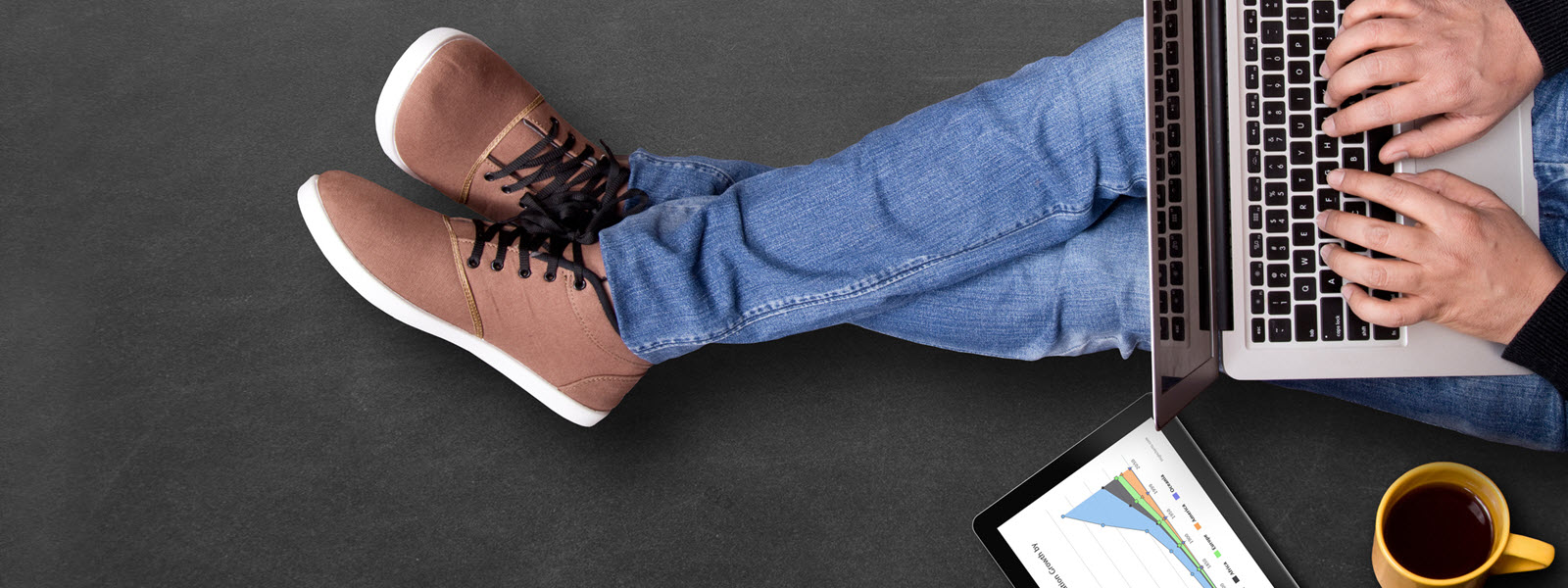This is a continuation of my Data As Experience Series. The last post was on the Customer Role.
Context: Why It’s Important
You cannot create a great report or insight without first taking into account a user’s context. Where they are and what they are doing should influence what you create for them. Remember that the purpose of analytics is to enable your end users with the power of information. Information has no power if you present it in the wrong format, in the wrong place, or at the wrong time. So let’s consider context as Dictionary.com defines it:
Noun
- The parts of a written or spoken statement that precede or follow a specific work or passage, usually influencing its meaning or effect.
- The set of circumstances or facts that surround a particular event, situation, etc.
In other words, context helps you to understand something based on what’s happened and what the need is. This becomes particularly important when we apply it to report development.
A Context Scenario
Consider Jane. Jane needs an inventory report. In the fashion that IT has taught her, she goes to the analytics gurus and says, “I want an inventory report. It should tell me the inventory levels for every product in my store. It should have 10 columns. It should be grouped by product category.”
In this scenario the reports developer will dutifully create a very nice and very large report that fits exactly the requirements stated by Jane. As a matter of fact, the developer will even go out of his way to ensure that the data comes from a trusted source and that the formatting makes it as easy to read as possible. In doing this, the reports developer will fail miserably and Jane will shake her head when she gets it.
Now consider Jane’s context. As a store manager, Jane needs to make sure that no product shelves go bare, especially with the hottest items. Yes, they have auto replenish systems but sometimes things go awry and she need to catch it. She only has about 30 minutes each day to go around the store floor and the back area to look at the products and to get an idea of what’s moving and if she may have a problem. From this context, we now know a few things:
- Jane is mobile. She wanders the store floor.
- Jane needs to check the inventory levels of any item at any time. This will influence the interface.
- Jane will probably need to perform some sort of action after gaining that insight. She may want to make a request for more product. She may want to identify items as a loss due to theft.
- In a perfect world, this interface would be smart. Image recognition and other technologies might make her life easier
With this context understood, the developer can now create a usable report that’s mobile, give her specific insight on a specific product, and does so in a way that allows her to act on it when needed.
Bottom Line
While reports portals and dashboards provide useful information. They may not be applicable to all users in all contexts. When you take a user need and context into account, you can create something that’s truly useful and which justifies the rather large expense that data and analytics requires. Yes, creating something that would serve Jane now requires mobile development, introduction of AI, and other development not normally a part of your reporting world. But wouldn’t the end result provide more value than 80% of the reports already out there in your three reporting portals?
What’s Next
Designing the experience. Let’s face it, most developers do a great job in getting the data to where it needs to be. However, most developers aren’t focused on the experience. I’ll walk you through how we focus on designing the reporting experience and why it’s useful.


There is so much data out there, it can be difficult to weed through all the information. Thinking about context can really help with this process, especially when generating reports. It can really help users determine what their experience with the data will be.